#tetrapods
Text
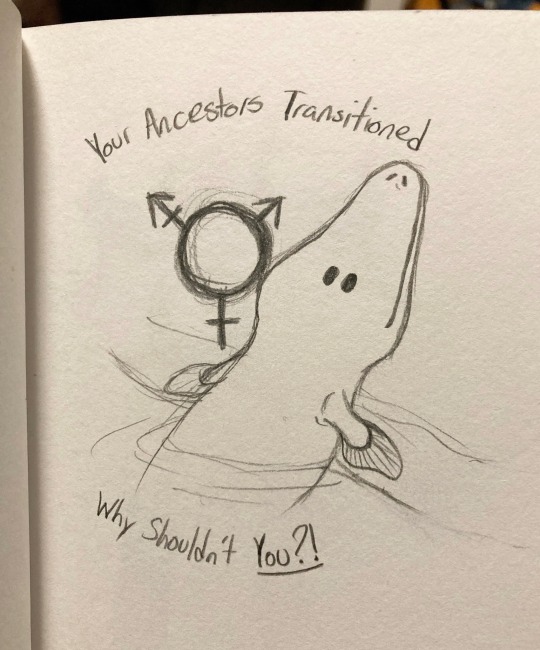
I read the phrase “transitioned onto land” for about the thousandth time the other day, but this time I noticed an opportunity!
#tiktaalik#my art#art#sketch#tetrapods#trans#trangender#transgender art#trans art#trans artist#transmasc artist#paleoart#palaeoart#paleo art#palaeo art#palaeontology#palaeoblr#paleontology#palaeo
3K notes
·
View notes
Text
Taxonomy Tournament: Reptiles

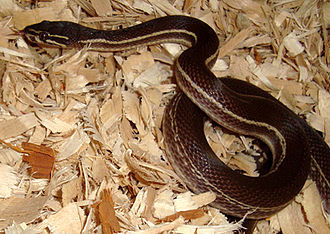
Crocodilia. This reptile order contains crocodiles and alligators
Serpentes. This reptile suborder is made up of snakes
#animals#biology#polls#poll tournament#zoology#crocodiles#aligators#reptiles#tetrapods#snakes#Crocodilia#Serpentes#0x17v0x68
334 notes
·
View notes
Text
Tetrapods: We evolved proper limbs which let us do just about anything we want.
Fish: you fucked up a perfectly good fin is what you did! Look at it, it has arthritis!
324 notes
·
View notes
Text

Jumy-M
Sea View / 海の景色
148 notes
·
View notes
Text
obviously I can't include everything. Rip to the various groups I was forced to leave out, including Mesosaurs, my beloveds.
#tetrapods#marine reptiles#marine mammals#penguins#mosasaurs#plesiosaurs#cetaceans#sirenians#pinnipeds#desmostylians#thalattosuchians#dyrosaurids#pliosaurs#turtles
489 notes
·
View notes
Text
Lost species are those that have not been observed in the wild for over 10 years, despite searches to find them. Lost tetrapod species (four-limbed vertebrate animals including amphibians, birds, mammals and reptiles) are a global phenomenon—there are more than 800 of them, and they are broadly distributed worldwide.
Our research, published today in the journal Global Change Biology, attempts to pin down why certain tetrapod species are rediscovered but others not. It also reveals that the number of lost tetrapod species is increasing decade-on-decade. This means that despite many searches, we are losing tetrapod species at a faster rate than we are rediscovering them. In particular, rates of rediscovery for lost amphibian, bird and mammal species have slowed in recent years, while rates of loss for reptile species have increased.
Continue Reading.
117 notes
·
View notes
Text
Time Travel Question 32: Pre-history. I forget what number....3? 4?
In honor of @kraetac.
Please add new suggestions below if you have them for future consideration. All cultures and time periods welcome.
#Nanotyrannus#Time Travel#Tyrannosaurus Rex#Dinosaurs#Paleontology#Lystrosaurus#Paleocene/Eocene Thermal Maximum#Hateg Island#Arthropluera#Tetrapods#Argentinosaurus#Prototaxites#Fungi#Spinosaurus#Icthyosaurs#The Luning Formation#Snakes#Evolution
129 notes
·
View notes
Text

had this lying around for a while, a quick sketch of "shock-jaw", a stem-tetrapod kaiju
#ollyneanderthal art#creature design#monster design#kaiju art#kaiju#kaiju oc#dino art#prehistoric animals#lobe finned fish#tetrapods
82 notes
·
View notes
Text

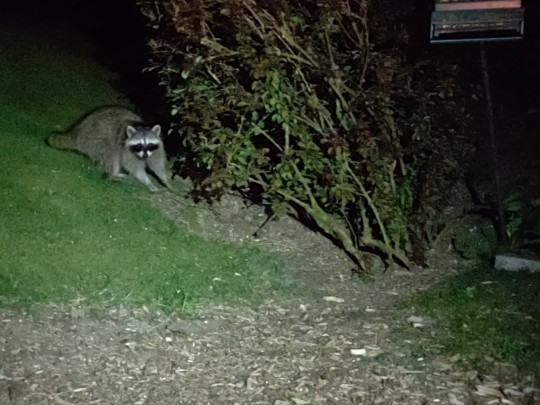
911 hello? There is a naked hairy little man in the yard
48 notes
·
View notes
Text
Paleo Party Time! Today’s guest is acanthostega
#video#art#my art#misc#text#paleontology#paleoart#science#acanthostega#devonian#tetrapods#tetrapodomorph#fishopod#paleo party
7 notes
·
View notes
Note
*throws a tungsten plushie through your window*
is it like the plushie version of those famous tungsten cubes? someone must really be a fan 0_0

but to your surprise, my window is already barricaded by a horde of tetrapods!
9 notes
·
View notes
Text
Megalocephalus pachycephalus

Megalocephalus was a genus of early tetrapod from the Late Carboniferous. Its type species is M. pachycephalus. Its second species is M. lineolatus. The known specimens of M. pachycephalus were found in multiple sites in England, Ireland, and Scotland; while M. lineolatus was found in a quarry in Ohio, U.S. Both species were discovered in the late 1800s and had much material referred to and from other genera quite frequently for several decades.
The genus name Megalocephalus means "big head," while pachycephalus means "thick head."
There was a third species named M. brevicornis in 1947 based on some original fossils referred to as "Pteroplax" brevicornis, however, the original holotype was poorly described and destroyed in a museum fire in 1909.
Megalocephalus is considered a member of Baphetidae, a small family of early tetrapod amphibians. It is not entirely clear how closely related the members of this family are due to some striking differences between them, but M. pachycephalus is closely related to sister taxon Kyrinion, more so than it is to M. lineolatus. Both species were large, estimated to reach upwards of 1.5m from head to tail. Like other baphetids, the skull had an elongation of the eye socket, which is thought to have been either a location for a salt gland or extra jaw muscle attachments. Its long, sharp teeth indicate it hunted fish.
Original paper: M. pachycephalus original description; M. lineolatus original description (referred to as Leptophractus)
Wikipedia article: https://en.wikipedia.org/wiki/Megalocephalus
#tetrapods#stem tetrapod#paleoart#paleontology#artwork#original art#human artist#megalocephalus#baphetidae#tetrapoda#obscure fossil tetrapods
7 notes
·
View notes
Text
Taxonomy Tournament: Mammals
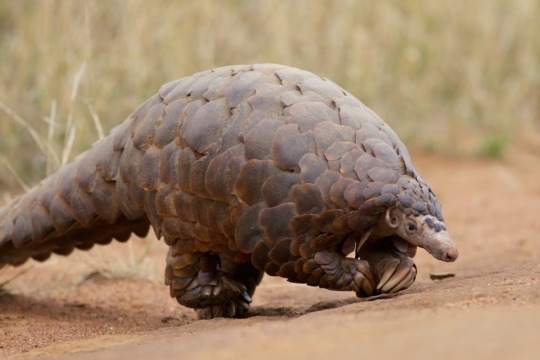
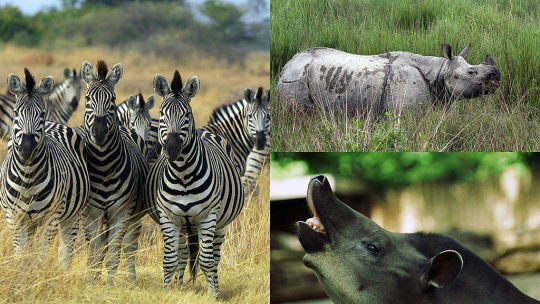
Pholidota. This order is made up of the pangolin, the only mammal to have keratin scales.
Perissodactyla. This order is also known as the odd-toed ungulates because they (mostly) have hooves and bear weight on one or three toes. It is made up of equines, rhinos, and tapirs.
#animals#biology#polls#poll tournament#zoology#pangolins#mammals#tetrapods#horses#donkeys#rhinos#tapirs#Pholidota#Perissodactyla#0x60v0x9f#animal tournament#Animal Tournament Round 1
329 notes
·
View notes
Text
Hello! Dinosaur (specifically tetrapod) enjoyers and all who love academic drama! I need to show you one of the best scientific articles I've ever read. Written by Darren Naish in hopes of completely debunking a man named David Peters' work on "restoring" tetrapod fossils, it is probably one of the most beautiful things I've ever read.
6 notes
·
View notes
Text
Saw tetrapods used as sea defences in Sicily, didn’t get any photos so the ones below are stock (source wiki) and OMG they are beautiful! Like sea giants were playing some sort of version of jacks or knuckle-bones and then wandered off…

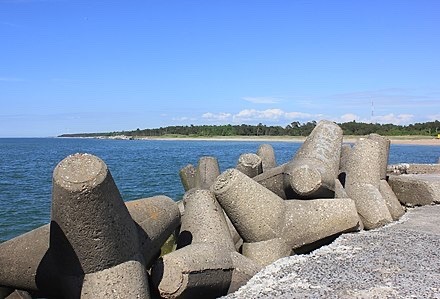


8 notes
·
View notes
Note
is there a term that’s like “non-avian dinosaur” except for what we traditionally call fish?
non-tetrapod fish
22 notes
·
View notes